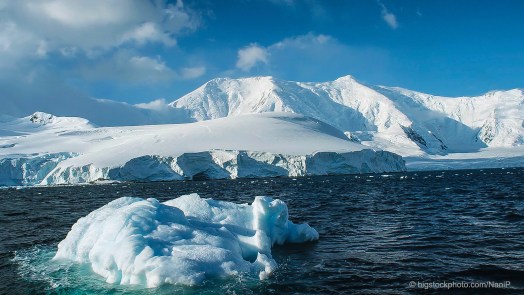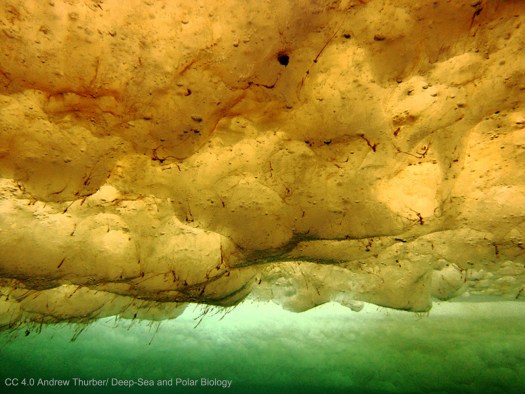 Yesterday we pointed out that both evolutionary naturalists and many creationists believe that, given enough time, anything can happen. They assume that once the first life-form came into being (which cannot be explained by natural selection) that time and natural selection would create all the vastly different forms of life. There are many reasons why natural selection as creative agent will not work no matter how much time you give it. We presented three reasons yesterday. Here are three more:
Yesterday we pointed out that both evolutionary naturalists and many creationists believe that, given enough time, anything can happen. They assume that once the first life-form came into being (which cannot be explained by natural selection) that time and natural selection would create all the vastly different forms of life. There are many reasons why natural selection as creative agent will not work no matter how much time you give it. We presented three reasons yesterday. Here are three more:
1-Natural selection tends to produce over-specialization. One of the fundamental laws of biology and evolution is Dollo’s Law. The French biologist Louis Dollo proposed that law in 1890. It says that once evolutionary characteristics have evolved, they cannot revert to the form from which they came. We now know why that is true by our advances in genetics. What it tells us is that as natural selection lets an animal become more and more specialized, it can not revert back to what it was before. Polar bears that have evolved by natural selection to their present state cannot return back to the black bear genetics of their ancestors. That may mean that they will become extinct if global climate change continues. Natural selection as creative agent won’t work because it is pretty much a one-way process.
2-Natural selection deals only with survival. The development of beauty does not always involve survival. Some coloration in birds, for example, does not aid their survival but results in incredible beauty. Jesus talked about the lilies of the field and birds of the air as blessed with beauty and function. While this has significant meaning for us aesthetically, sometimes the beauty of plants and animals may actually threaten their physical survival. We have discussed this point many times in our “Dandy Designs” column and elsewhere.
3-Natural selection stands at odds with the concept of entropy. The second law of thermodynamics tells us that in any closed system, things tend to move from a condition of order to a state of disorder. One can argue that the Earth is not a closed system because the Sun is adding energy. When living things eat, they add energy in the form of the chemicals in the food they consume.
The fact is, however, that in all biological systems, there is a tendency for life to become disordered. We call it aging. My body continues to produce a higher and higher level of entropy (disorder) as the years go by. All biological systems do this. To suggest that biological systems become more and more specialized by natural processes violates the very basic laws of physics and chemistry. The cosmos itself is moving towards disorder. Unless intelligence can add organizing energy and reverse the natural tendency to age, everything is doomed from our bodies to our planet.
God built the cosmos with laws that function to allow life to exist. He created life itself and built into it certain characteristics that caused Paul to write: “We can know there is a God through the things He has made” (Romans 1:20). Natural selection is one of the things God has made, and it allows nature to function. Natural selection as creative agent cannot explain the beautiful, complex world around us. It only applies to those changes which improve the chances for life to survive. Time is not a friend to aging or complexity. The older my car gets, the more likely it is to break down. That is true of my body and the natural world around me as well.
— John N. Clayton © 2019









